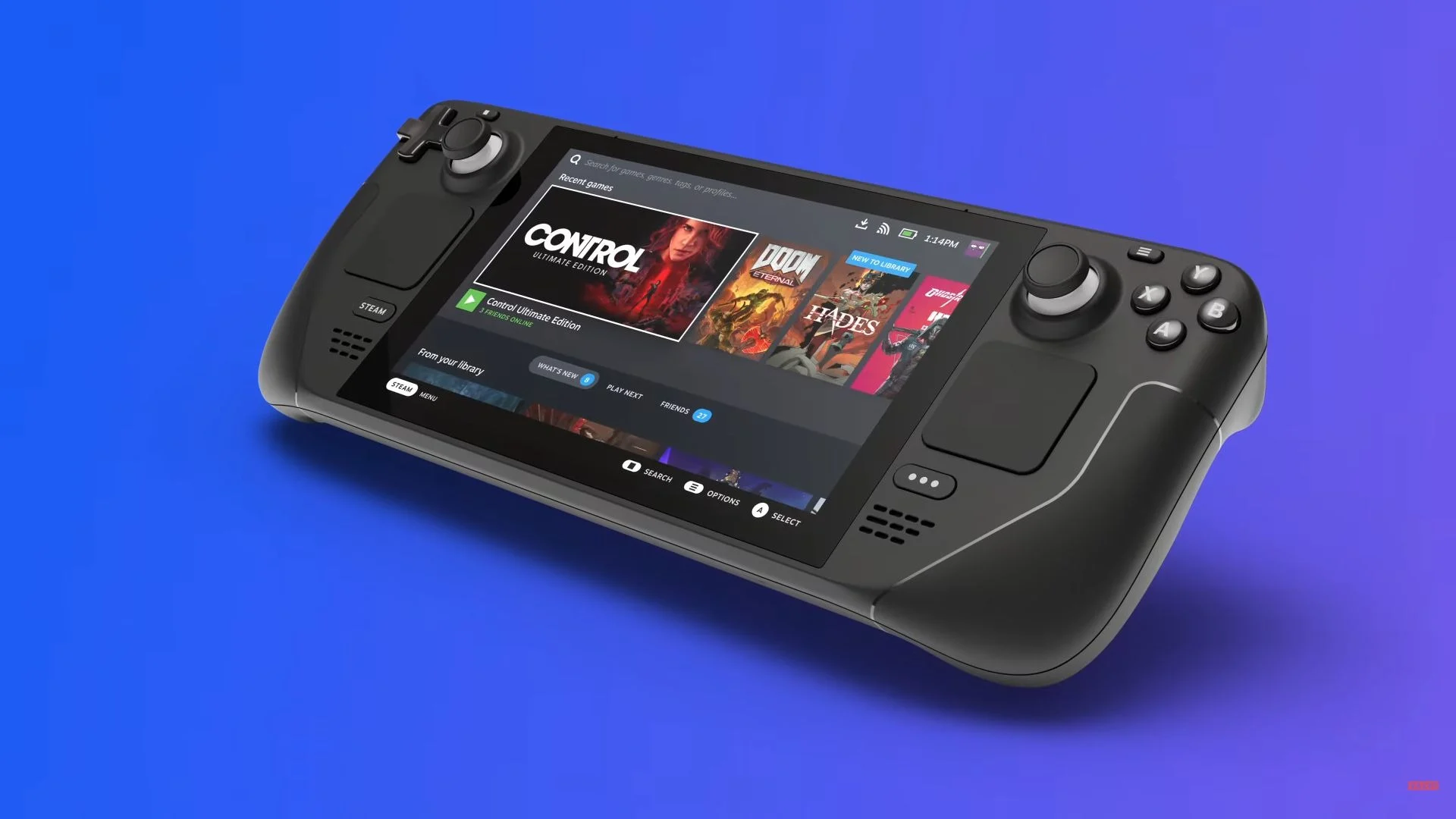There was a time when 2×1 was more than just a strategy to sell hamburgers and pizzas. When our parents were the ones who paid for them, the combis fashion gave us refrigerators with freezers, vans with cargo and seats, televisions with VHS or DVD and, although to a lesser extent, also TVs with integrated console.
Since Odyssey to Dreamcast, going through classics like NES and more gadgets “modern” Like PS2, TV makers soon saw a seam in the video game boom and, as they had done with other advances in entertainment, decided integrate them into the television.
An excuse to sell more TVs
We owe the idea of putting a console inside a TV to a company that always took it one step further by flag. Magnavoxcreators of what would also be the first commercial console, had been breaking their horns for years to include the most varied claims in their range of televisions.
Without 4K or blacker blacks to serve as an excuse to stand out from the competition, in Magnavox They jumped from TVs with a built-in cabinet to TVs inside a cabinet, and from there they added improvements that, going through more earthly things like color or speakers, would end up in monsters like a giant cabinet with an integrated radio and record player.
As expected, the success of the Magnavox Odyssey It prompted them to also create a television with an integrated console, thus allowing you to plug in a couple of controls so that, without the need for any additional gadget, you could play your particular Pong in your 1976 living room.
The idea was striking enough that, just a year later, a Finnish company launched its own version, the Salora Playmaster, but to see the idea explode, it would be necessary to wait a little longer and go a little further. The 1980s and the Japanese market were about to go one step further.

Nintendo’s entry into the TV business
Back in 1983, the Japanese executives of Sharp they came up with the great idea of launching one of their 14-inch televisions – look out there – in collaboration with Nintendo. In her guts, Famicom that the big N would make available to the public in video console format.
Although data on the number of units manuf actured or sold has not come out, it is to be expected that the little that was put on the market would end up flying, especially since the My Computer TV C1
For the picture quality it offered compared to the Famicom and NES traditionally connected to a television, Sharp’s television was the pot used by the media of the time to get the best possible captures for your magazines.

Although it took time to land on American soil – it did so in 1989 with a new model that went up to 19 inches – the idea should have worked better in Japan, which led Sharp to repeat the move with the Super Famicom TV SF1a model that included the Japanese version of Super Nintendo in two models of 21 and 24 inches.
The last kicks
With similar ideas, companies like NECwho created a monitor with speakers and a PC Engine integrated in a madness that ended up exceeding 138,000 yen (just over 1,000 dollars to change), and then tried again with several models of his PC Engine GTa portable TV with the integrated NEC game console.
None of them achieved an inordinate success in that sense, not even Phillipswhich tried on two occasions to integrate its mythical and vilified CD-i into televisions, first in its own model that was only distributed throughout Europe and then in a collaboration with Bang & Olufsen in a mammoth entertainment system.

The last blows of the invention hit them Sega y Sony in 2000 and 2010. The first broke the mold with the best possible clunker, a TV that looked at the iMac of the time to shape a Sonic head with a brand new Dreamcast inside. A bug that did not leave Japan, where it cost around 700 dollars at current exchange rates, and which has since become a collector’s item.
With a much more restrained design, it closed the fashion Sony with a 22-inch Bravia whose base served as PS2 integrated and DVD reader. 300 bucks of TV that now we may know a little but that in its time was quite a leap forward. And so, with that last somersault, the idea of joining television and video game console was completely abandoned. At least until cloud gaming recast the concept.

Image | Chris Ainsworth










